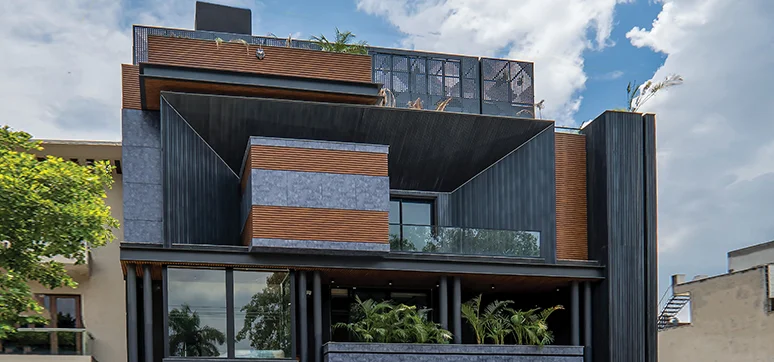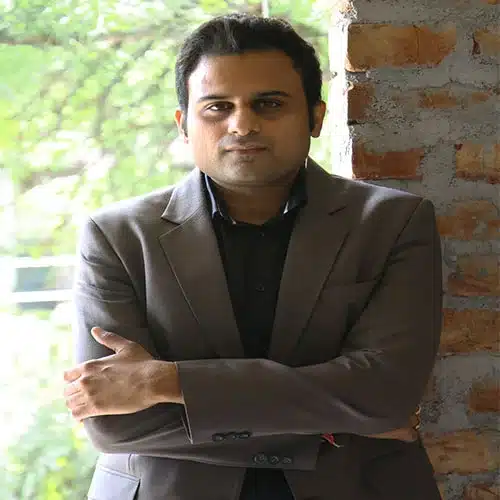Unlocking the pinnacle of architectural excellence lies in the seamless fusion of functionality and aesthetics in façade design. To achieve this, architects harness the cutting-edge prowess of computational and design tools, propelling the industry to uncharted heights. Innovations like parametric modelling, generative algorithms and virtual reality simulations have become the vanguards of efficiency and aesthetics, allowing designers to sculpt eye-catching exteriors that transcend conventional norms.
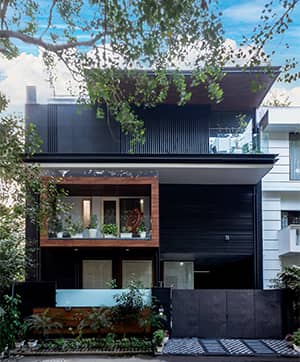
In this article, Ar. Robin Sisodiya, Founder and Principal Architect of ASRO Arcade India, gives us insights into the latest trends in computational and design tools, offering a glimpse into the future of façade architecture, where efficiency and appeal intertwine harmoniously to redefine the art of building exteriors.
3D PRINTING IN FAÇADE CONSTRUCTION
3D printing has emerged as a revolutionary technique for constructing façades that challenge traditional building methods. This technology employs additive manufacturing, layer by layer, to create intricate and customised façade elements with unprecedented precision. By utilising 3D printing, architects can optimise material usage and minimise waste, leading to more sustainable building practices. The design freedom afforded by 3D printing empowers architects to explore complex geometries, intricate patterns and unique textures.
Such customisation allows for highly personalised façades that reflect the aspirations and individuality of the residents. Further, this technology facilitates the integration of functional elements directly into the façade design, such as rainwater harvesting systems, ventilation channels, and solar panels, further enhancing the building’s overall efficiency and environmental impact.
DIGITAL FABRICATION TECHNIQUES
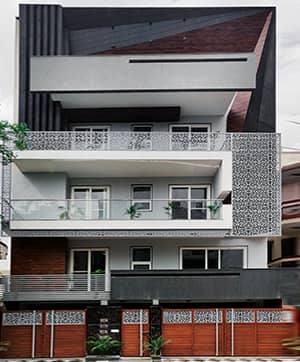
Digital fabrication techniques have revolutionised the way façades are designed and manufactured. Utilising computer-controlled machinery, such as CNC routers and laser cutters, architects can precisely cut, shape, and assemble building materials with unparalleled accuracy.
Through digital fabrication, designers can implement sustainable materials, such as reclaimed wood, recycled plastics, metals, or low-carbon concrete, to create environmentally conscious façades. These techniques enable the incorporation of intricate details and patterns resulting in dynamic and iconic building exteriors. Digital fabrication also streamlines the construction process, reducing construction time and labour costs. The prefabrication of façade components in controlled environments ensures higher quality control, resulting in a more durable and resilient building envelope.
PARAMETRIC MODELLING
In the pursuit of a seamless blend of form and function, parametric modelling is rapidly gaining popularity among architects designing residential façades. This approach involves using algorithms to create dynamic relationships between design elements, allowing for precise control over the façade’s intricacies. For residential façades, parametric modelling enables architects to fine-tune the design to cater to specific environmental conditions and optimise energy performance. The ability to align the façade’s response to factors such as sunlight, wind direction, and privacy requirements ensures a personalised living experience for residents. Parametric modelling facilitates efficient collaboration between architects and clients, enabling them to visualise various design options in real time. The result is a façade that not only reflects the occupants’ desires but also aligns perfectly with the surrounding environment.
AUGMENTED REALITY (AR) VISUALISATION
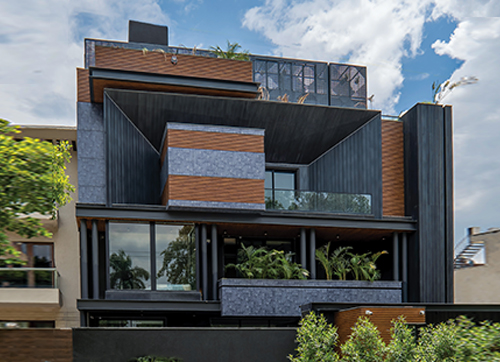
For prospective homeowners and developers, Augmented Reality (AR) visualisation offers an exciting preview of their home exteriors. By superimposing digital designs onto real-world settings, AR visualisation brings façades to life in a more interactive way. During the design process, AR visualisation allows clients to explore different materials, colours, and architectural styles. This immersive experience fosters a stronger connection between the architectural vision and the client’s preferences, leading to better-informed design decisions.
By seamlessly blending energy efficiency, personalised aesthetics, and client engagement, cutting-edge design tools are reshaping the future of façades. As we continue to explore new frontiers of design, these tools will remain invaluable allies in creating iconic façades that not only enrich the built environment but also cater to the unique aspirations and lifestyles of their inhabitants. These tools, which bridge the gap between creativity and efficiency, are catalysts that facilitate the translation of vision into reality.
The façades that materialise are not confined to the realm of buildings; they embody the aspirations of inhabitants and the aspirations of a greener world.
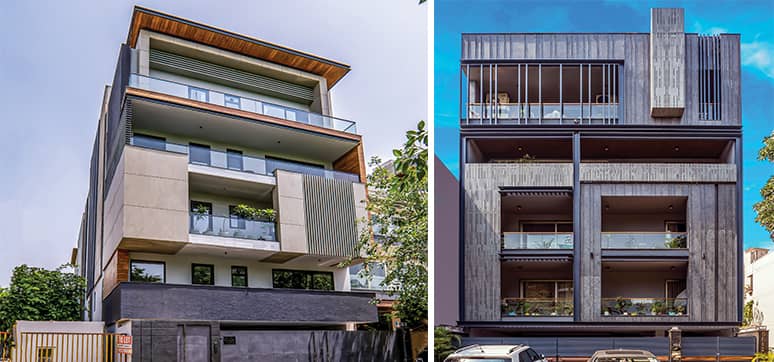
The harmonious blend of computational prowess and design ingenuity charts a course toward façades that transcend mere surfaces, but are meaningful reflections of human endeavour and progress. As we tread this path of innovation, these tools guide us toward architectural excellence that speaks the language of both artistry and practicality.
